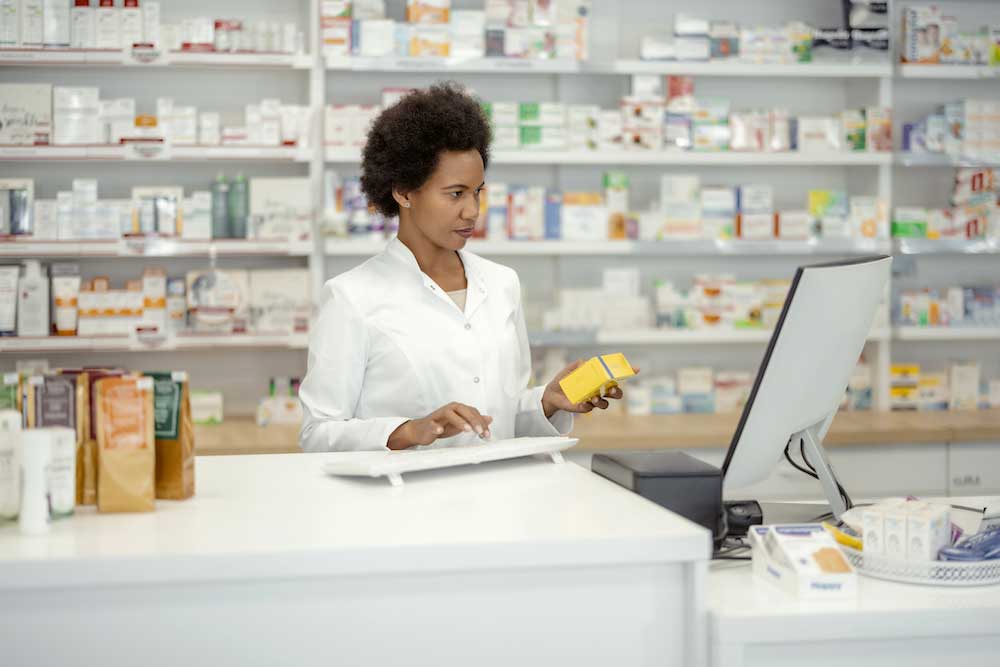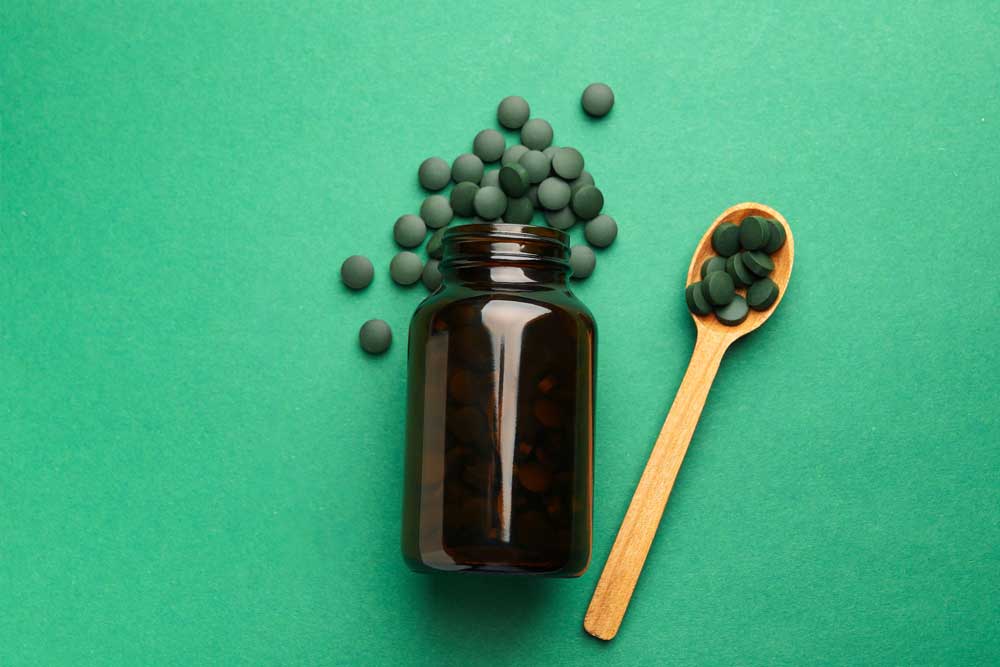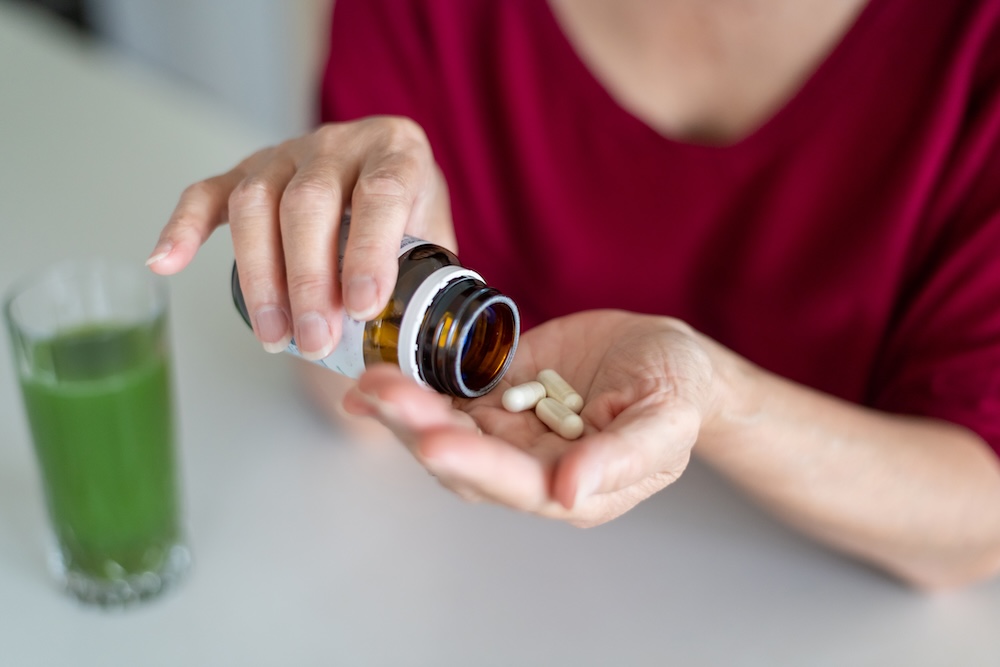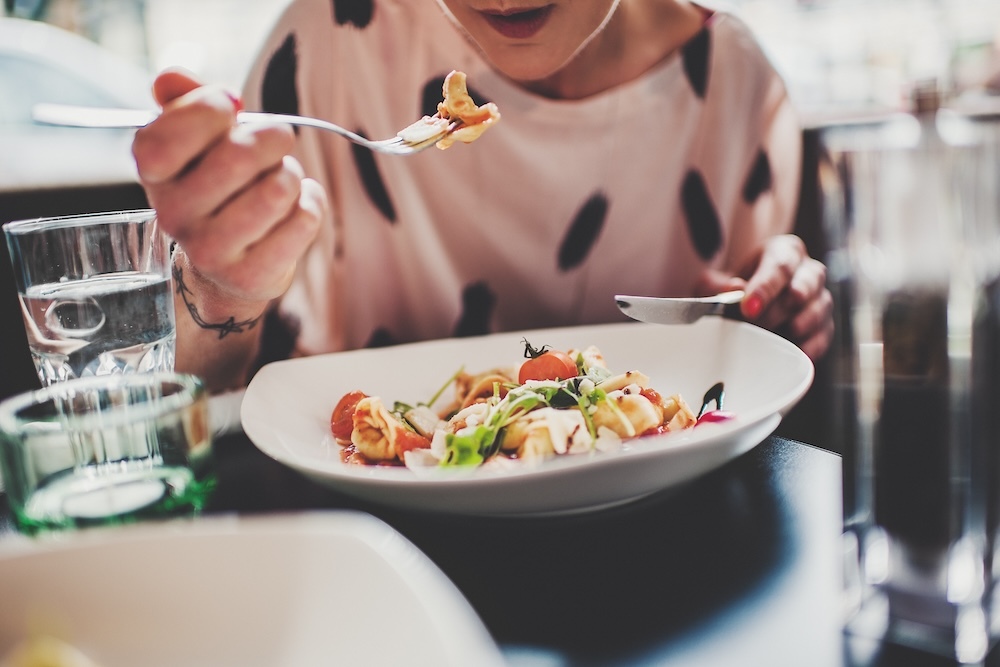The impact of soy on health has been surrounded by conflicting information for years – we’re here to give you answers. Read on to find out about the benefits and side effects of soy and if it helps menopause symptoms. You’ll also discover whether or not soy can be safely taken alongside hormone replacement therapy (HRT). We’ll help you make an informed decision.
Find what you need quickly
-
What happens to your oestrogen levels in menopause?
-
What’s the link between soy and menopause?
-
What soy products are best?
-
Which menopause symptoms can soy help?
-
Are there any other benefits of soy?
-
Is soy safe?
-
Can you have soy while taking HRT?
-
Three simple ways to eat more phytoestrogens
-
Final word
What happens to your oestrogen levels in menopause?
Perimenopause typically starts in your early to mid-40s, but it can be earlier for some. The hormones that guide your menstrual cycle, such as oestradiol, progesterone, follicle-stimulating hormone (FSH) and luteinising hormone (LH) start to change around this time.
Your periods become irregular as your oestrogen levels lower and you go deeper into perimenopause. You are in menopause once you haven’t had a period for 12 months and are not using hormonal contraception.
You may experience low mood, brain fog and anxiety, hot flushes and night sweats as your oestrogen levels fluctuate wildly. These symptoms can make you feel like your body is no longer your own.
Read our guide to perimenopause.
What’s the link between soy and menopause?
Soy contains phytoestrogens, a plant-based form of oestrogen that has a weak oestrogen-like effect on the body. Phytoestrogens attach to your many oestrogen receptors all over your body, including in your brain, heart, bones, ovaries, uterus and elsewhere.
Phytoestrogens are interesting because they are oestrogen modulators. This means they can mimic oestrogen when there isn’t enough during postmenopause, or oppose the effects of oestrogen when it spikes erratically in perimenopause.
Which foods contain phytoestrogens?
There are four different types of phytoestrogens:
- Isoflavones – soy, chickpeas and lentils, green beans, peas and kidney beans
- Lignans – flax/linseeds, sesame seeds and sunflower seeds
- Coumestans – mung, alfalfa beans, broccoli, sprouts and carrots
- Stilbenes – grapes and peanuts
Soy products contain a type of phytoestrogen called isoflavones. In their natural, unprocessed form, soybeans contain higher levels of isoflavones compared to processed soy products. This is because processing alters the way your body can absorb the phytoestrogens.
What soy products are best?
Isoflavones are the type of phytoestrogens found in soy products, but the amount they contain can vary a lot. Processed soy products, such as soy hot dogs, yoghurt and milk, contain only one-tenth of the isoflavone content of whole soybeans.
Eat whole products – such as soybeans or edamame beans – to get the full benefits of the phytoestrogens. Edamame has 18mg of isoflavones per 100g, while soya milk has between 0.7g and 11mg.
Fermented sources of soy, such as miso, tamari, natto, tempeh and fermented tofu are particularly powerful. The long fermentation process to create these foods removes the phytic acid in soy that can affect digestion and absorption while maintaining the beneficial phytoestrogens. For example, miso – which is fermented soybean paste – contains 41.45mg of isoflavones per 100g.
Which menopause symptoms can soy help?
Adding soy products and other types of phytoestrogen foods such as flaxseeds to your diet may improve some menopausal symptoms according to a recent research review. This is because they may help balance changing oestrogen levels during this time.
Research has found that women in Asian countries with high soy intake have a lower frequency (10-25%) and severity of hot flushes compared to Western countries (60-90%). However, scientists are still unsure whether this is down to diet, genetics or a combination of both.
Recently, the North American Menopause Society published research that does not recommend soy as treatment for hot flushes, stating there is ‘limited evidence’. It may be that some people get greater benefits than others because of the way they digest soy.
Are there any other benefits of soy?
Some research suggests that consuming more isoflavones, the phytoestrogen found in soy, might be connected to a lower risk of getting breast and endometrial cancer. But there’s more to learn.
We don’t know exactly which types of soy are helpful, how overall diet can affect this or the amount of soy needed to get this benefit.
Is soy safe?
Soy products and supplements are safe for most people in moderation. There are a few exceptions:
- NICE recommends that people with breast cancer should avoid soy supplements
- Those with a strong family history of either hormone-dependent cancers including breast and some types of ovarian cancer, thromboembolic events including PE, DVT and certain types of stroke, or cardiovascular disease should also seek personalised advice from a doctor before taking soy supplements
- See a doctor before adding soy products to your diet if you take thyroid medication, as soy can affect how it works
- Avoid soy and soy supplements if you have a soy allergy
Can you have soy while taking HRT?
You can eat soy products as part of your normal diet while also taking HRT. However, we don’t yet have enough research to know how very high levels of dietary soy (including supplements) impact HRT or other medications.
Talk to your doctor if you have concerns.
Three simple ways to have more phytoestrogens
There are a variety of ways to add soy and other phytoestrogens to your diet:
- Snack on edamame beans and miso soups
- Use fermented tofu and tempeh in stir fries and buddha bowls. Don’t forget to marinate and/or add seasoning for flavour
- Add flaxseeds or linseeds to your morning porridge or smoothie. You could also grind and sprinkle them over a salad or soup
Final word
Soy and other phytoestrogen-rich foods can help balance changing oestrogen levels during menopause. You may want to consider adding unprocessed soy products – think edamame and miso – to your diet to help with some of your symptoms.













